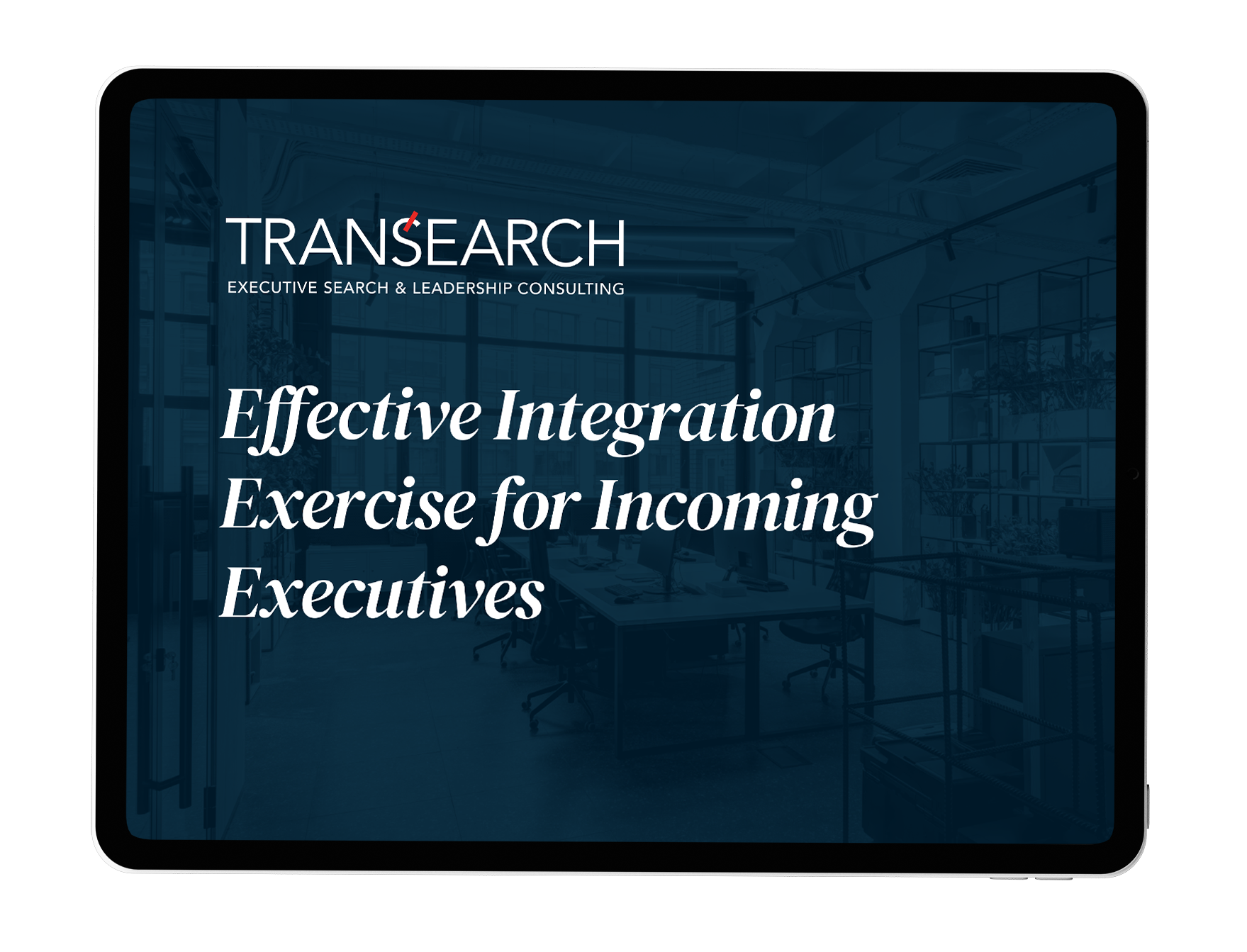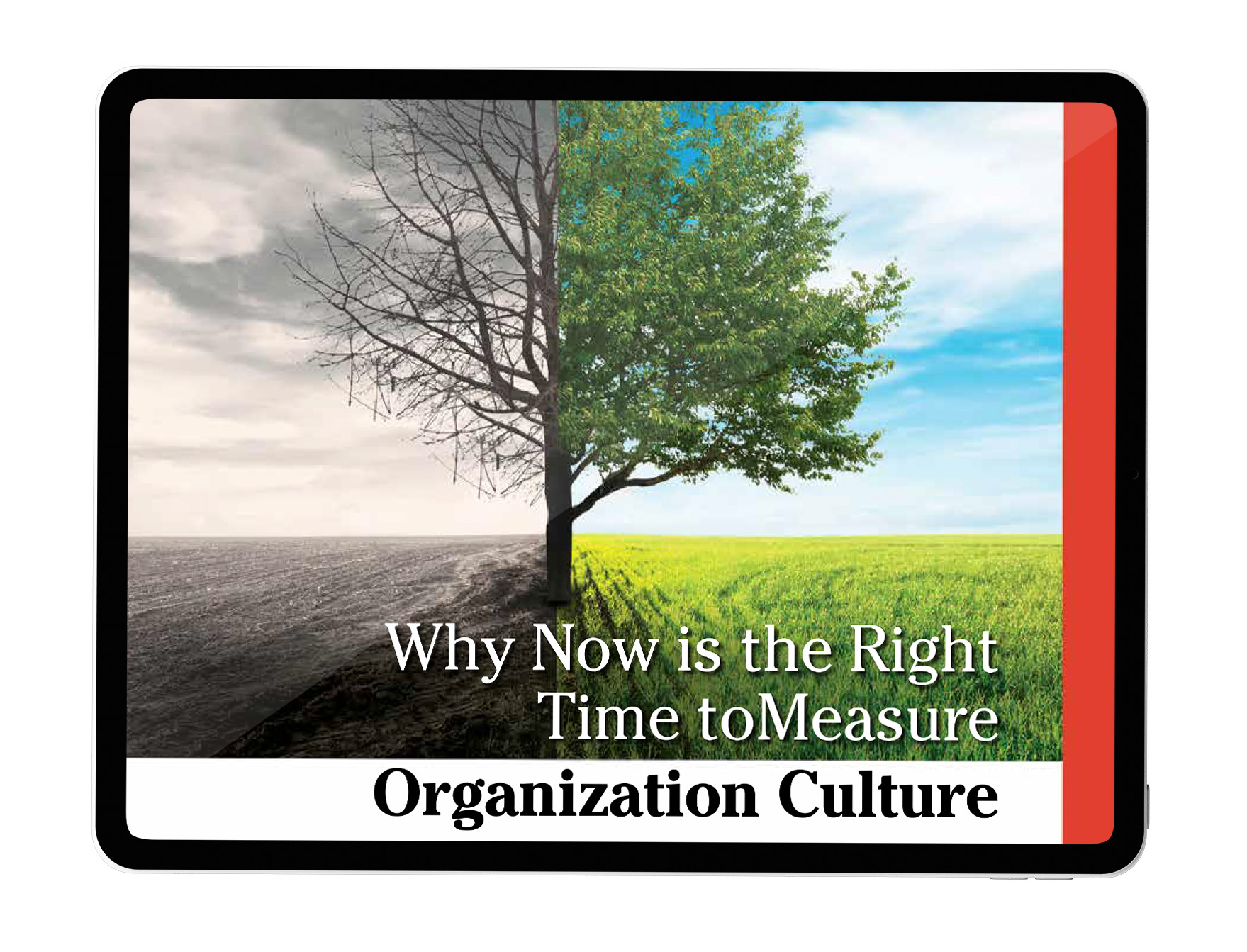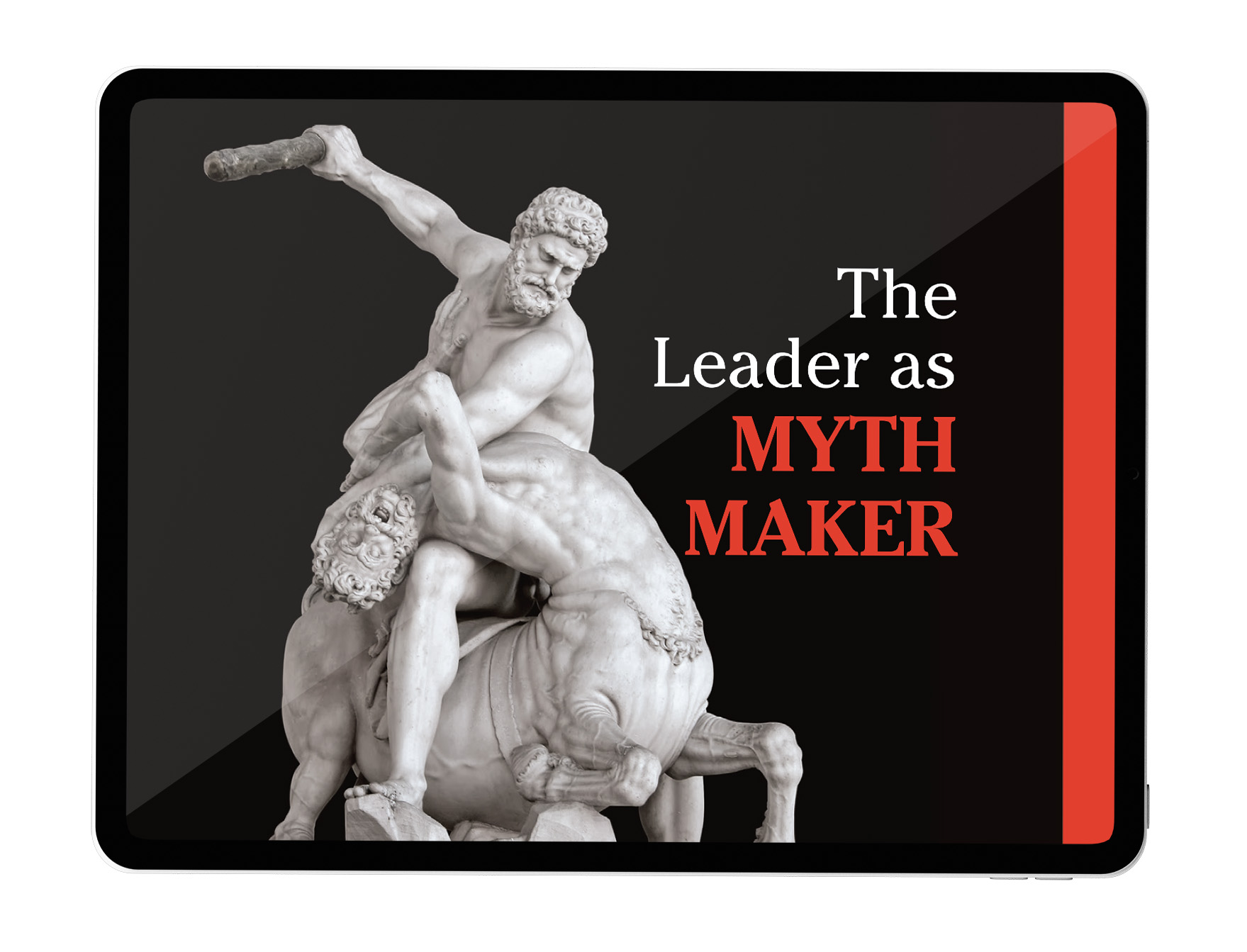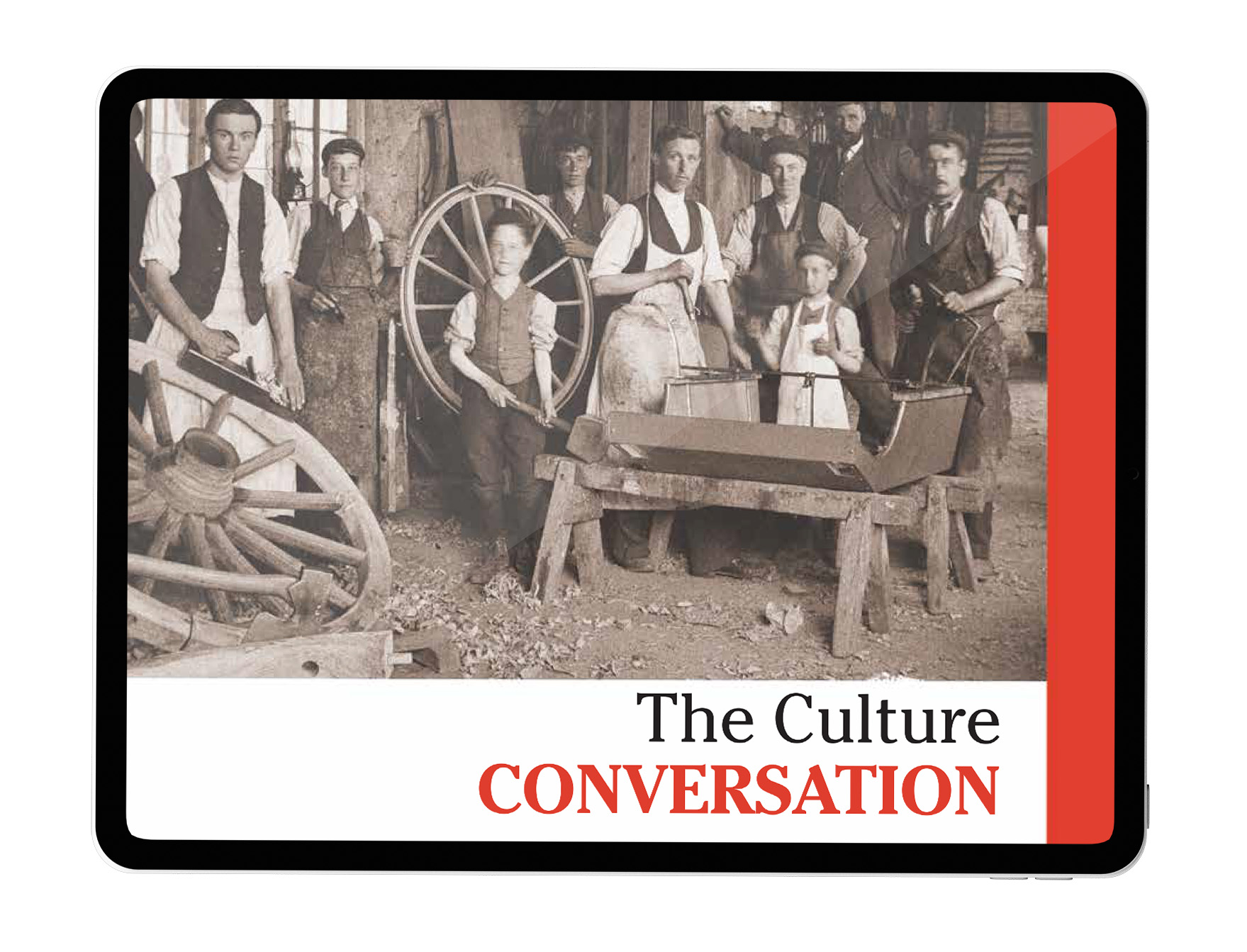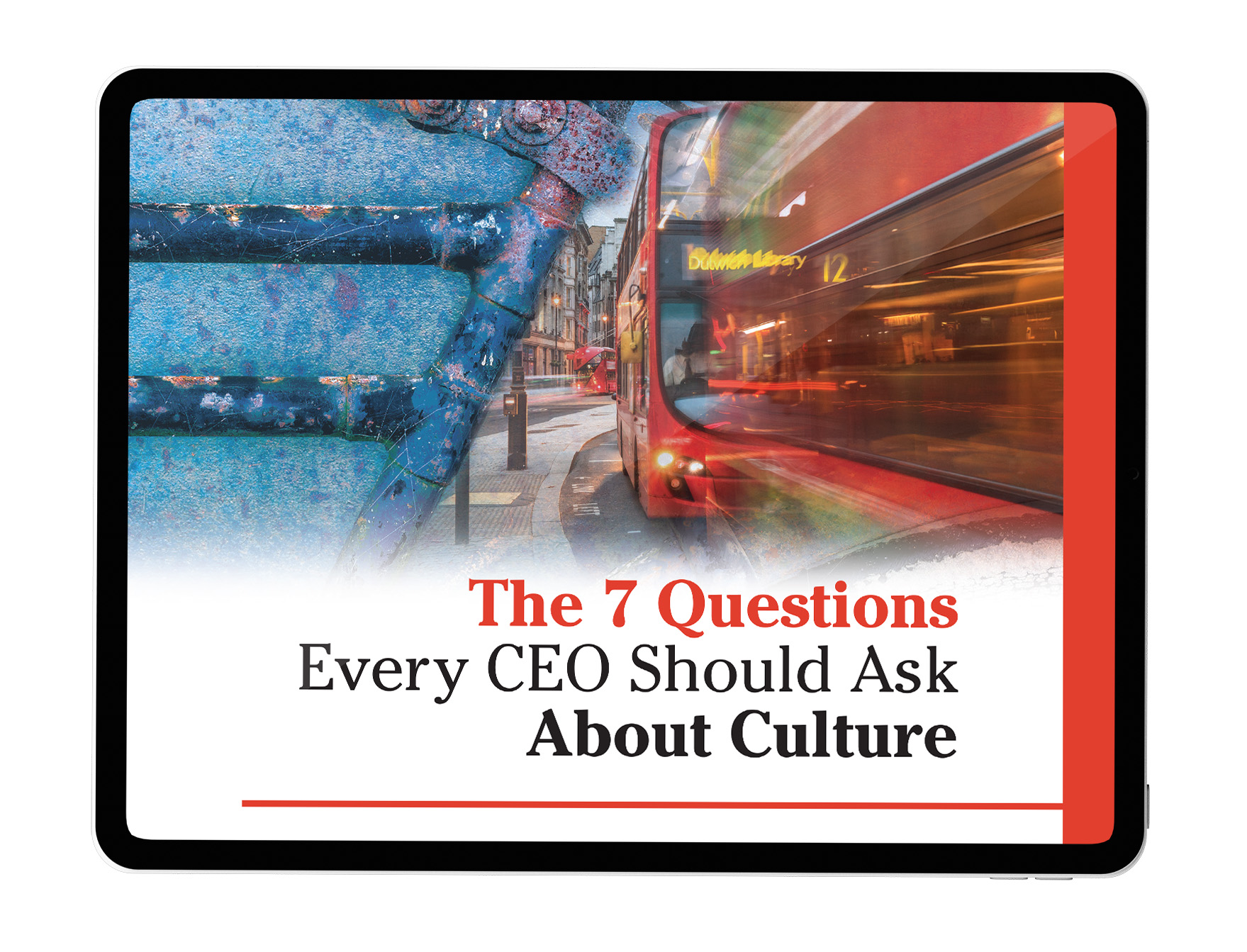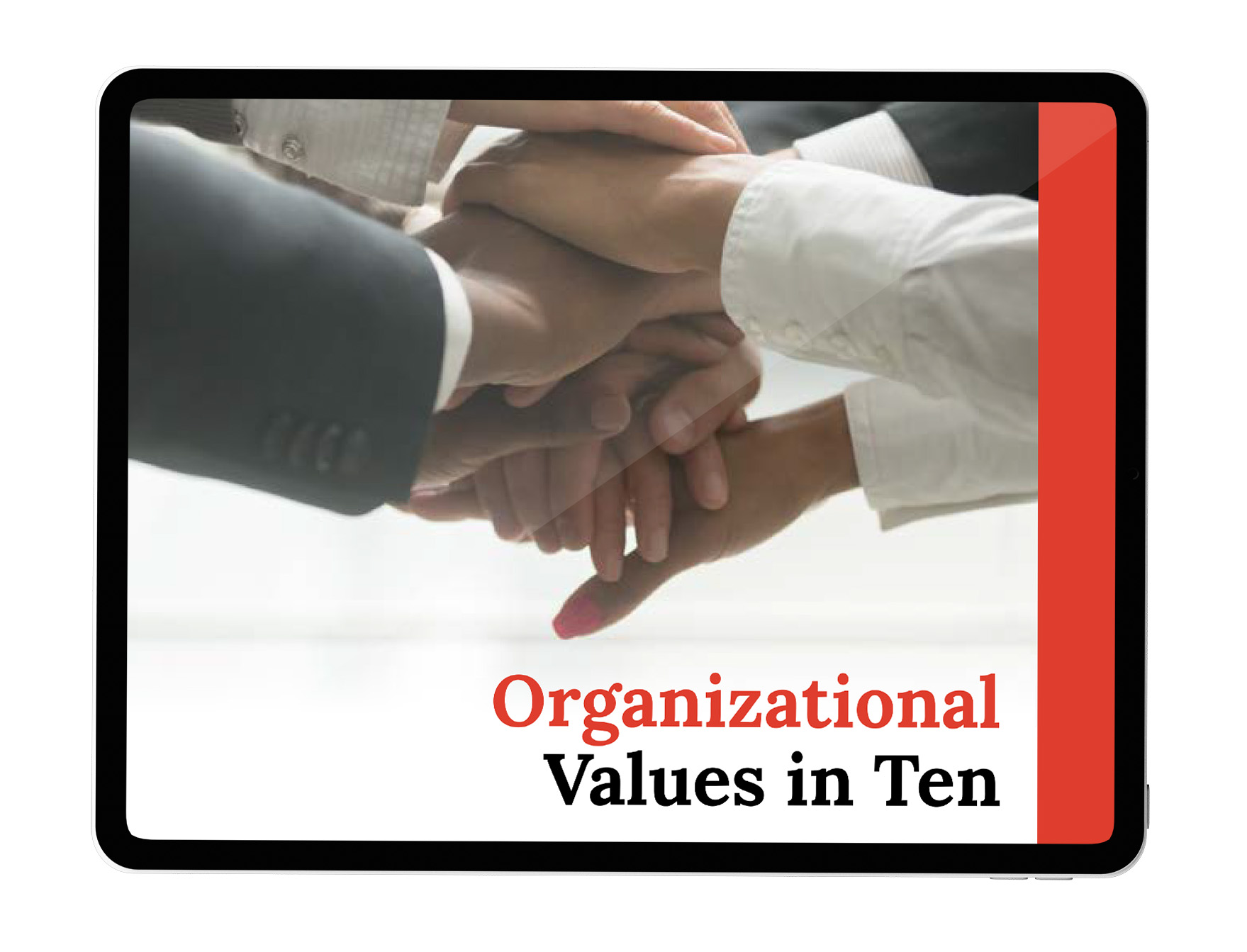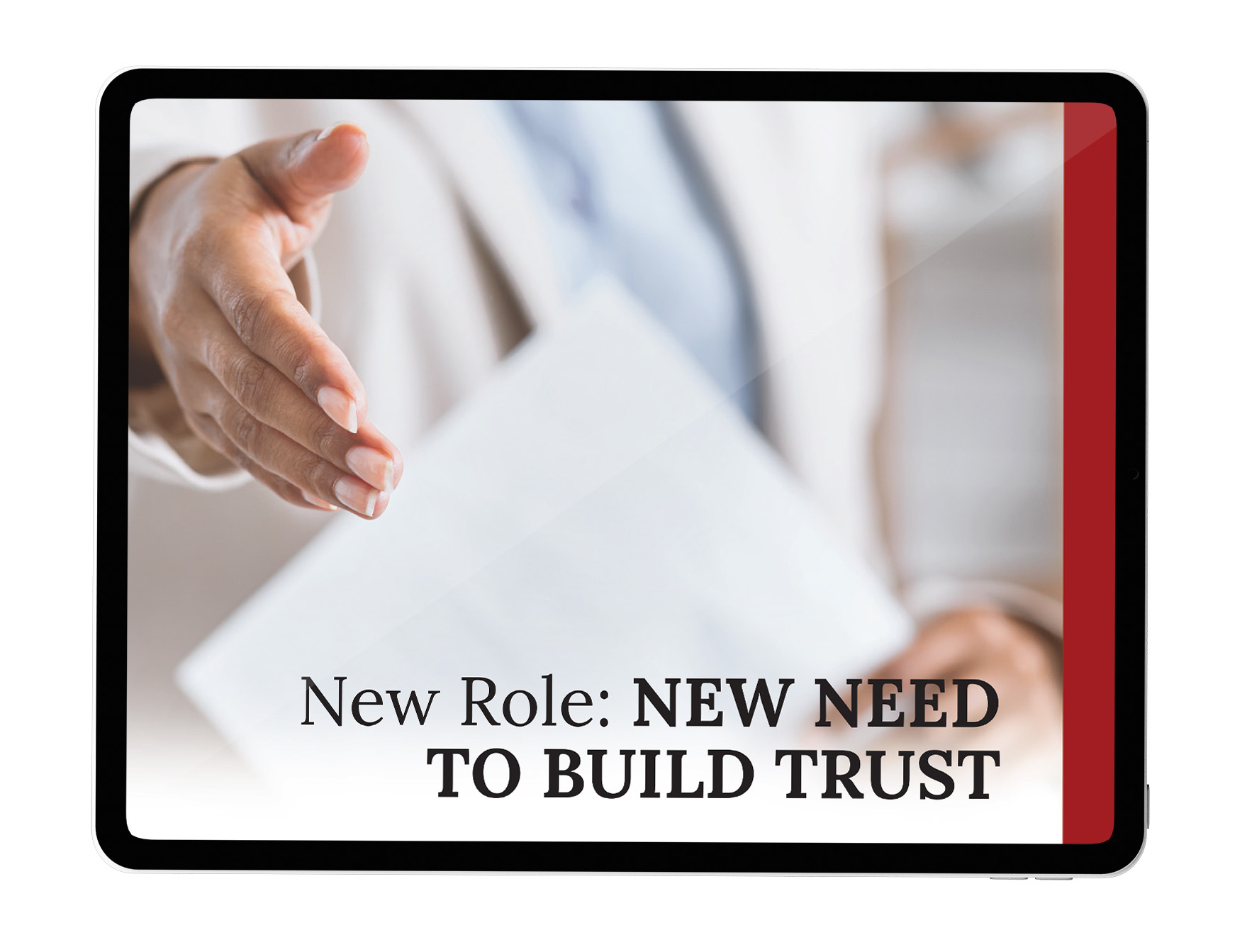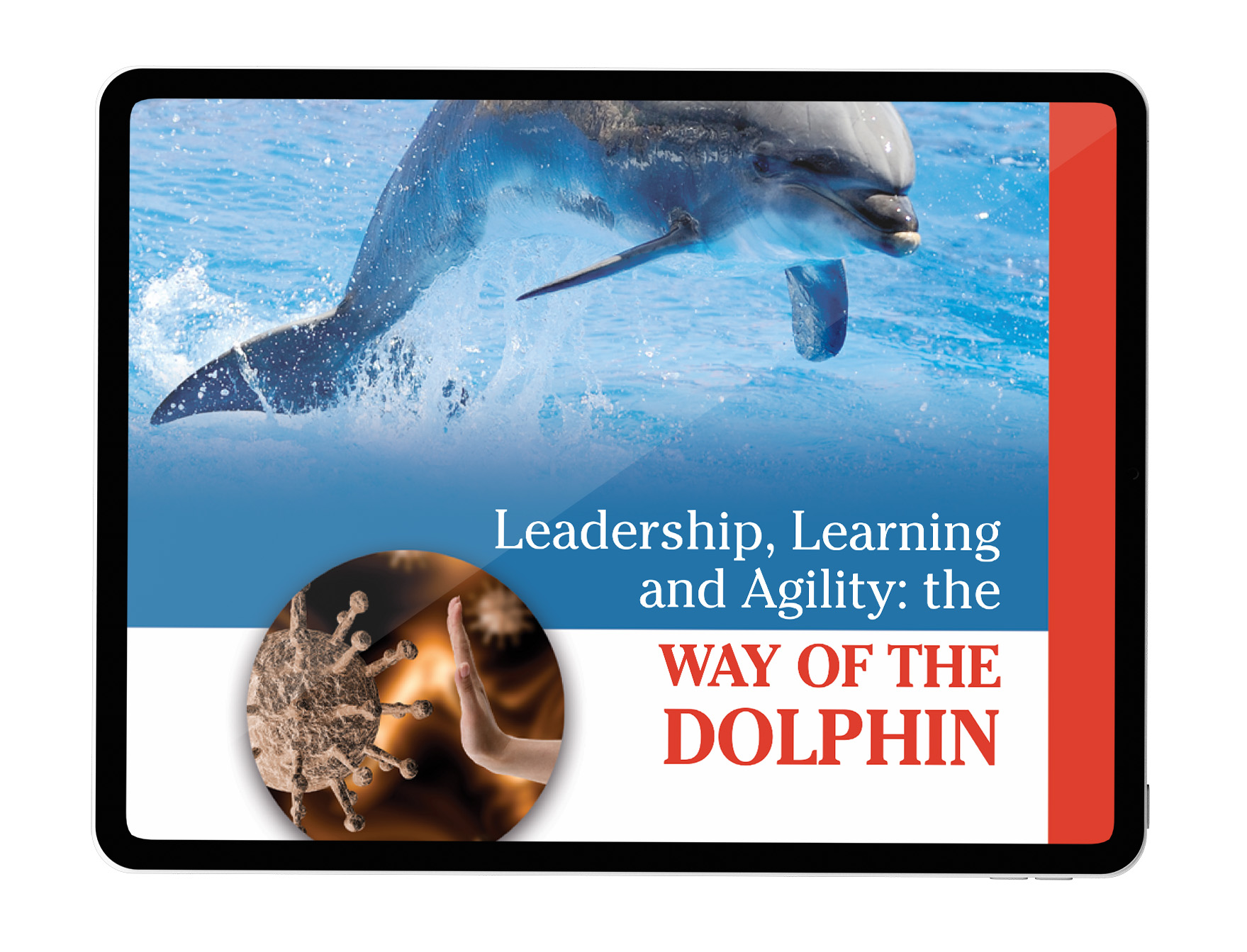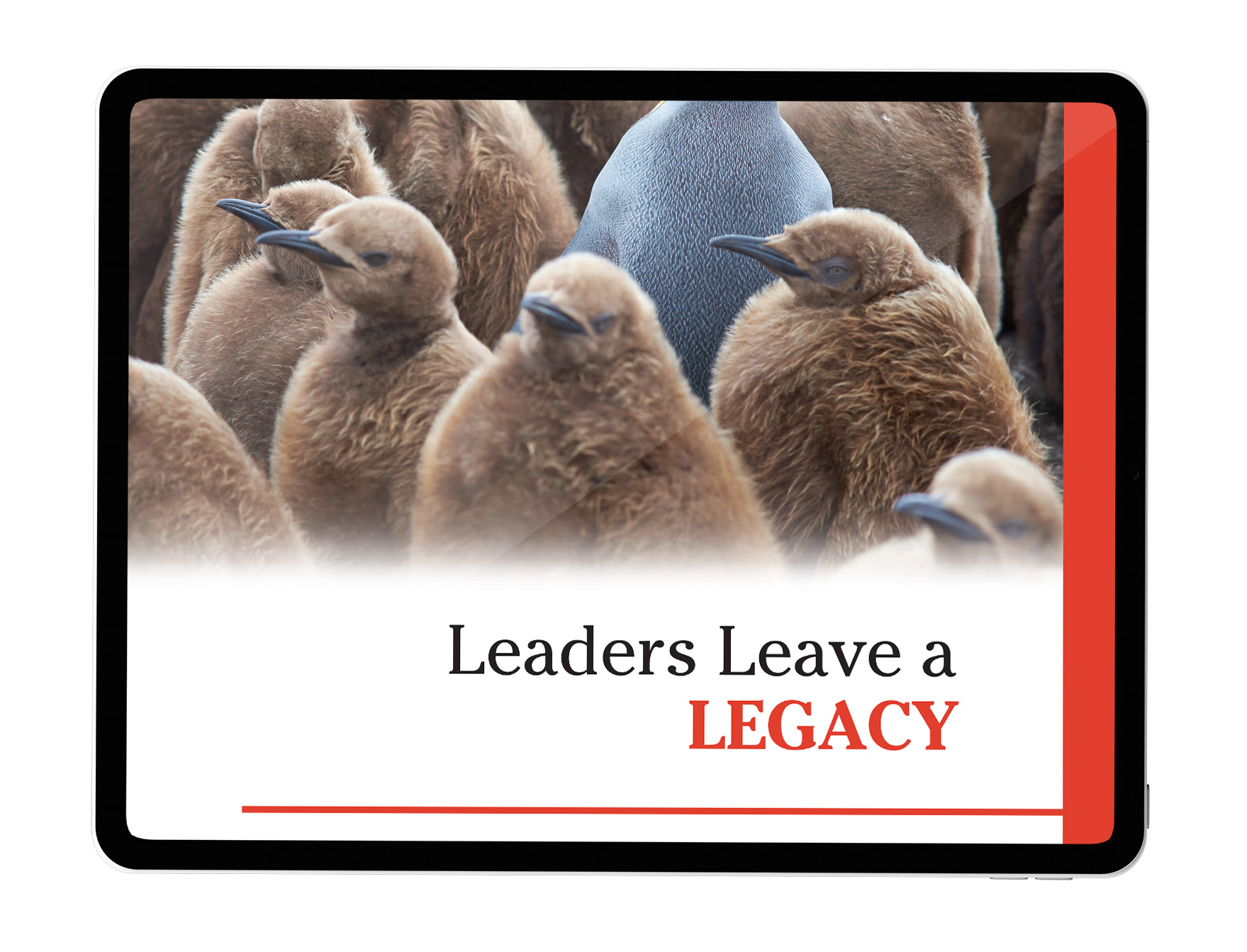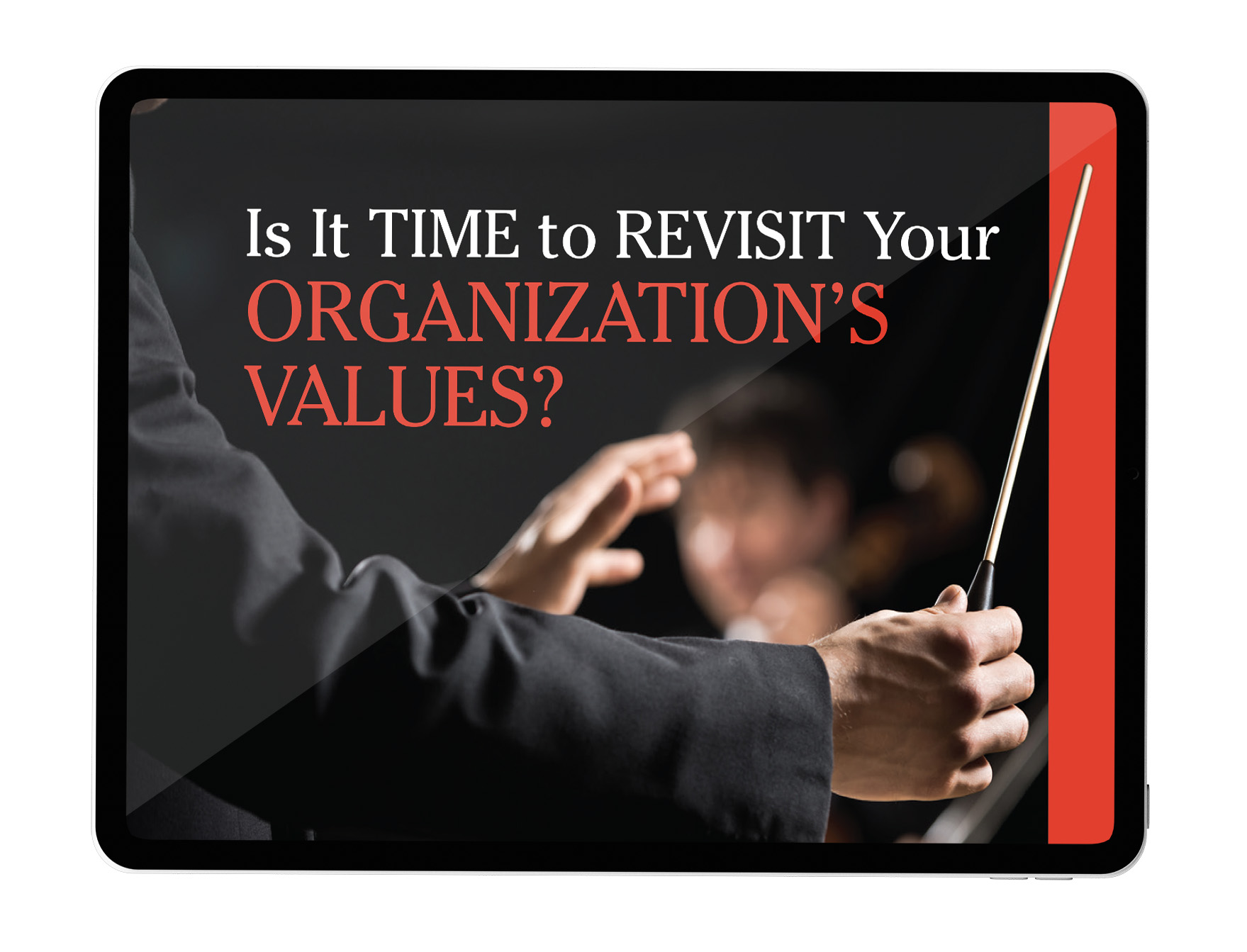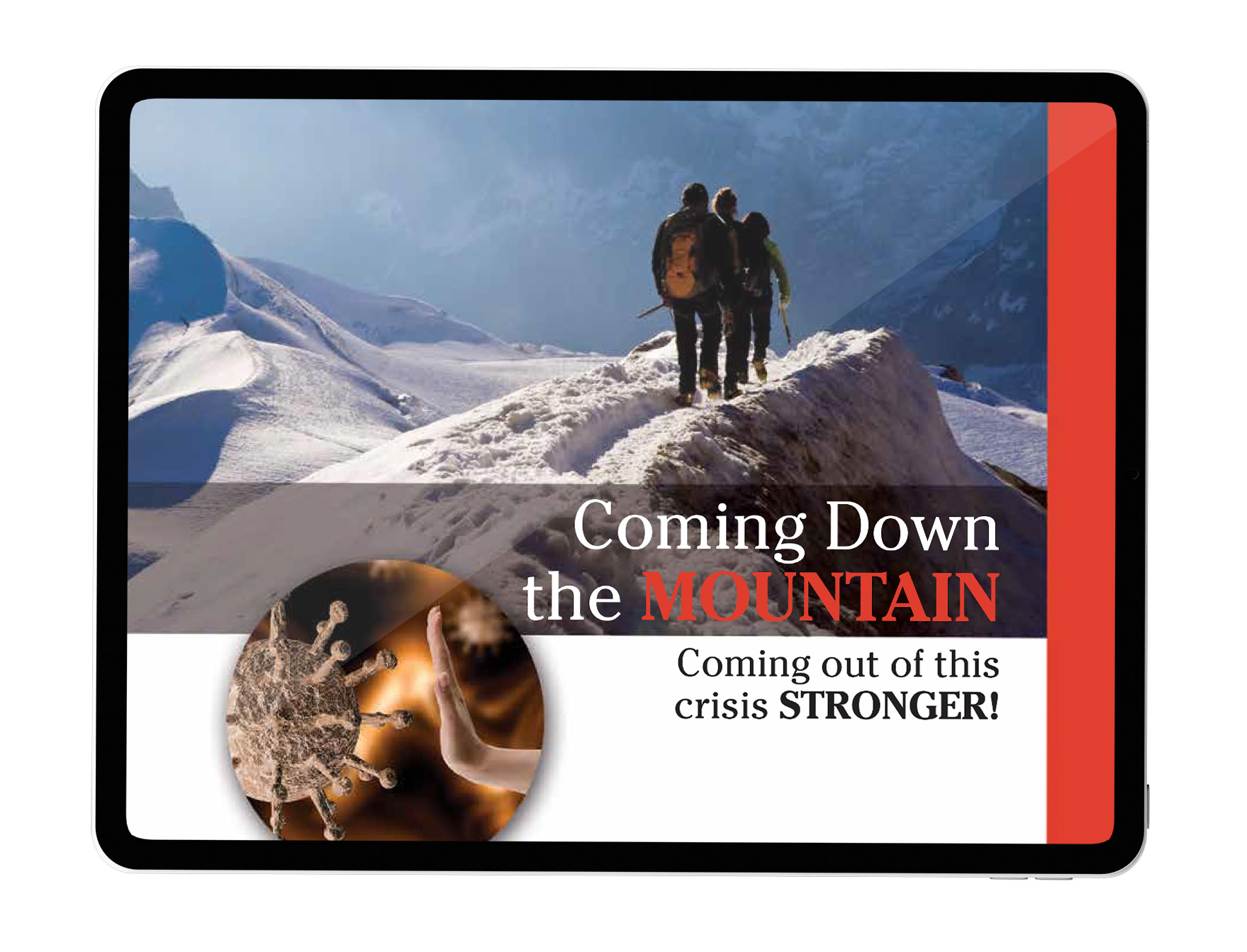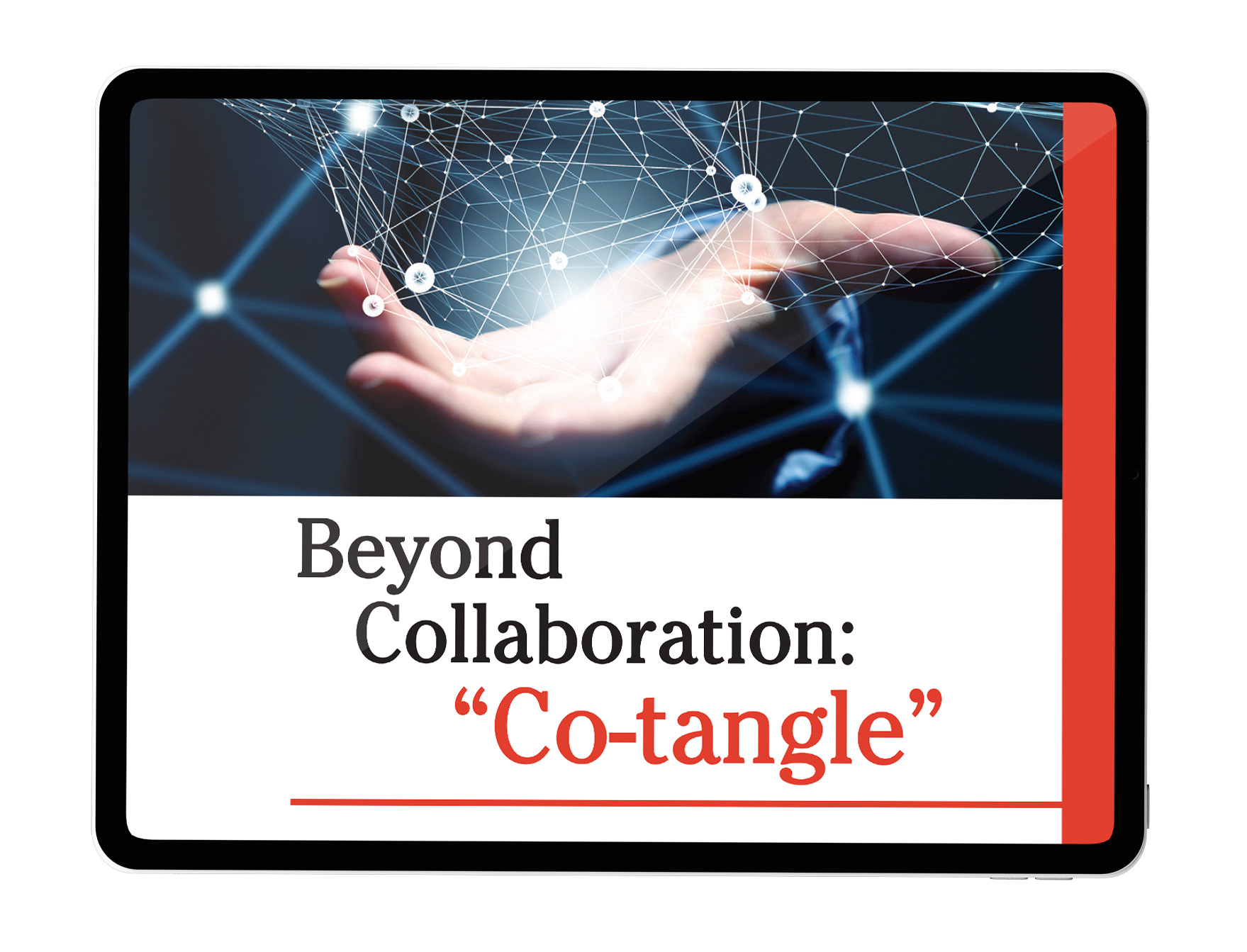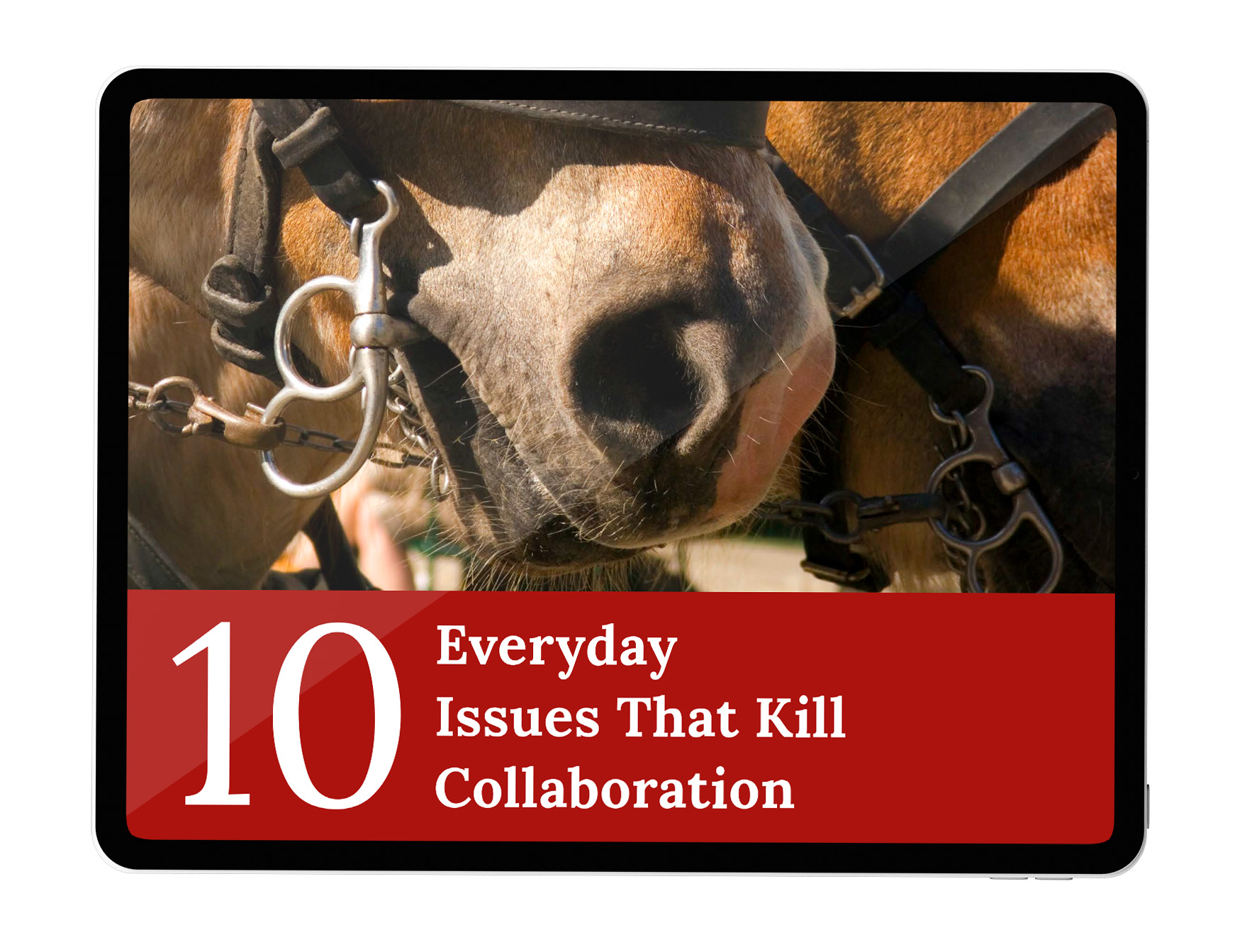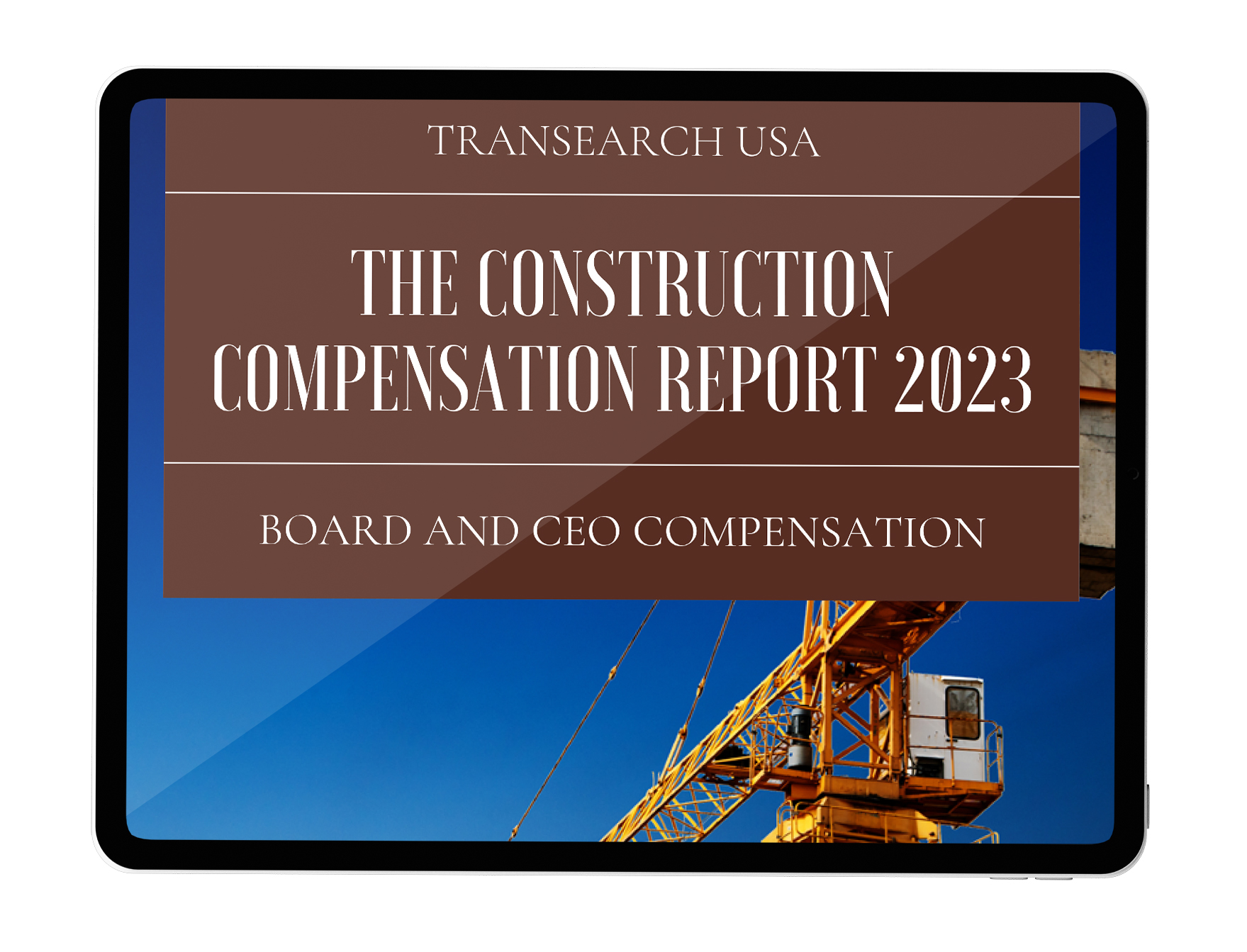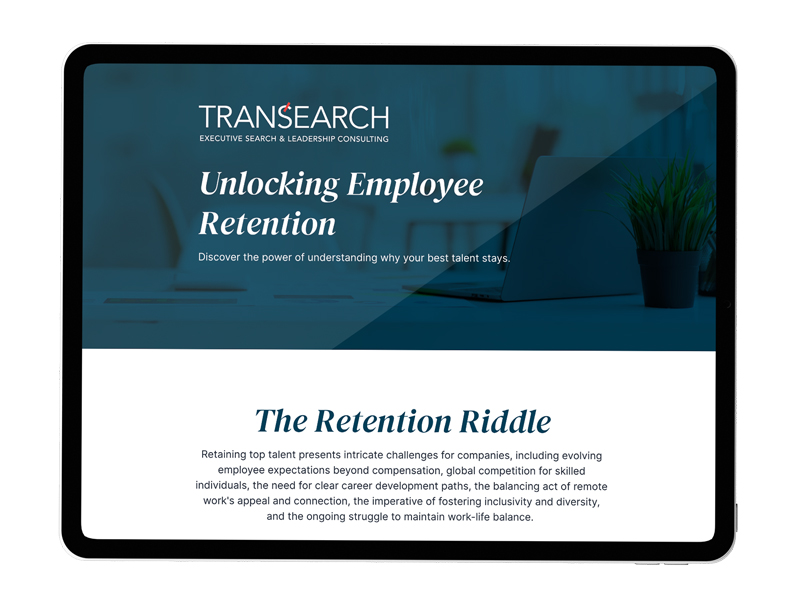The workforce morale and dynamics are susceptible to any kind of change, whether it is an internal change, such as a new office, new benefits, or lay-offs, or external changes, such as the effect of the world’s market.
One mobilizing internal change is the arrival of new leadership. The new addition must be ready to understand the preexisting workflow and gain the employee’s respect and trust by building their relationship. Each leader has their work style and priorities, so it is their responsibility to find the best way to introduce it to the new team without disrupting the work dynamics. At the same time, the new leader must know how to balance bringing their innovative ideas and embracing the old ones. Furthermore, the new leader should maintain open communication about their work plan and its expectations of the employees from the very beginning to ensure a smooth transition.
The company’s former leader’s stamp is a major variable in determining if the new manager will positively or negatively affect employees. For example, if the change of leaders happens due to the retirement of the previous one, the workforce may feel uncomfortable about responding to a new director. In addition, they can feel disoriented during the transition, not knowing what to expect from their new representative. Team restructuring can also impact the morale and dynamics of the workforce as they may not entirely agree with reassigning roles or creating new team structures. People, in general, are creatures of habits that get used to a certain structure and parameters over time, so employees may be reluctant to adapt and embrace new rules and changes.
However, the benefits would be invaluable if a brand new face was the only thing the company needed. The team’s morale, confidence, discipline, and enthusiasm can be boosted when they feel supported and guided correctly. That is to say, elevating their work spirit and delimiting their objectives toward the common goal. As regards the dynamics, the workforce will have a sense of unity and productivity when they have cleared and more organized tasks. A new leader can bring fresh perspectives, ideas, and energy, which can inspire and motivate the workforce. Although employees can be distrustful about accepting a new outlook, they will realize over time that the work environment needs to be upgraded. When employees feel valued and encouraged, their performance will improve exponentially.
Introducing a new leader will surely bring change and disruption to the current workforce morale and dynamics.
Companies need to be forthright and honest with their employees to minimize feelings of insecurity or instability. Communicating upcoming changes properly will also ensure that existing staff members are well aware of what is occurring. Leaders should ensure that older traditions are upheld while still allowing for new ideas to enter the structure of daily operations.
With careful consideration and preparation, bringing in a new leader could have positive outcomes on a company’s morale and productivity — it can act as a form of reinvigoration, ultimately leading to better results overall.
Change can be daunting, but it can refresh an entire organization in unimaginable ways if handled correctly.





















